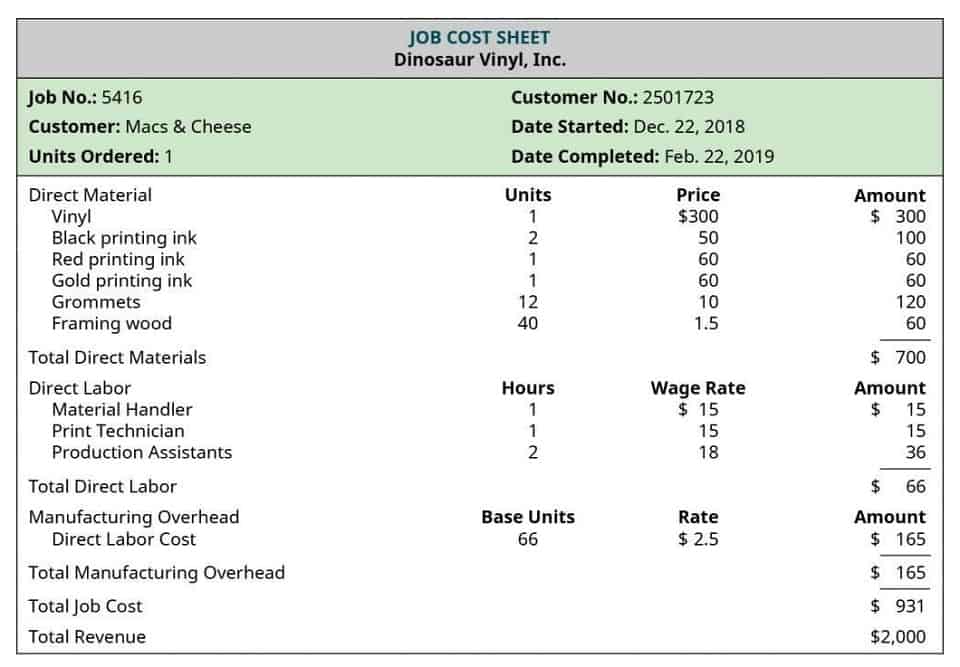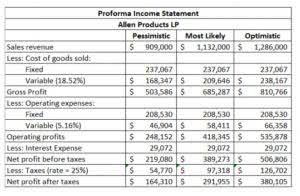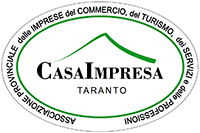
You apply the half-year convention by dividing the result ($200) by 2. You figure the depreciation rate under the 200% DB method by dividing 2 (200%) by 5 (the number of years in the recovery period). You multiply the adjusted basis of the property ($1,000) by the 40% DB rate. You apply the half-year convention by dividing the result ($400) by 2. Depreciation for the first year under the 200% DB method is $200. Instead of using the rates in the percentage tables to figure your depreciation depreciable assets list deduction, you can figure it yourself.

What Can and Cannot Be Depreciated?
- Depreciation is an accounting method that a business uses to account for the declining value of its assets.
- If you dispose of the property before the end of the recovery period, figure your depreciation deduction for the year of the disposition the same way.
- This means that a one-half month of depreciation is allowed for the month the property is placed in service or disposed of.
- Table 4-1 of IRS Publication 946 matches each depreciation method with specific classes of depreciable property.
- However, if you buy technical books, journals, or information services for use in your business that have a useful life of 1 year or less, you cannot depreciate them.
The balance is the total depreciation you can take over the useful life of the property. For information about qualified business use of listed property, see What Is the Business-Use Requirement? If you’re selling or exchanging property, your gain or loss is figured by calculating the difference between the amount you receive for the asset and its adjusted basis. The adjusted basis of the property is its original cost, minus any depreciation and expensing deduction claimed. During the time the asset is in use, an accounting transaction takes place in which a certain amount of the cost of the asset is put into a depreciation expense account, and the initial cost of the asset is reduced by the same amount. At the end of the year, accumulated depreciation for the year is shown on the business financial statements, along with the initial cost of all the property being depreciated.

Do you already work with a financial advisor?
- You must keep records that show the specific identification of each piece of qualifying section 179 property.
- Consultants should be able to rely on the best solutions to send invoices, keep records and file taxes.
- We will now use the depreciable base and the depreciation rate to calculate annual depreciation.
- You use GDS and the half-year convention to figure your depreciation.
- The corporation must apply the mid-quarter convention because the property was the only item placed in service that year and it was placed in service in the last 3 months of the tax year.
- The facts are the same as in the example under Figuring Depreciation for a GAA, earlier.
- The participations and residuals must relate to income to be derived from the property before the end of the 10th tax year after the property is placed in service.
Your qualified business-use percentage is the part of the property’s total use that is qualified business use (defined earlier). For the inclusion amount rules for a leased passenger automobile, see Leasing a Car in chapter 4 of Pub. For other listed property, allocate the property’s use on the basis of the most appropriate unit of time the property is actually used (rather than merely being available for use). To figure depreciation on passenger automobiles in a GAA, apply the deduction limits discussed in chapter 5 under Do the Passenger Automobile Limits Apply. Multiply the amount determined using these limits by the number of automobiles originally included in the account, reduced by the total number of automobiles removed from the GAA, as discussed under Terminating GAA Treatment, later. The determination of this August 1 date is explained in the example illustrating the half-year convention under Using the Applicable https://www.facebook.com/BooksTimeInc/ Convention in a Short Tax Year, earlier.

Depreciation Accounting
Tara is allowed 5 months of depreciation for the short tax year that consists of 10 months. The corporation first multiplies the basis ($1,000) by 40% (the declining balance rate) to get the depreciation for a full tax year of $400. The corporation then multiplies $400 by 5/12 to get the short tax year depreciation of $167.

For Sankofa’s 2023 return, gain or loss for each of the three machines at the New Jersey plant is determined as follows. The depreciation allowed or allowable in 2023 for each machine is $1,440 (($15,000 − $7,800) × 40% (0.40)) ÷ 2. The adjusted basis of each machine is $5,760 (the adjusted depreciable basis of $7,200 removed from the account less the $1,440 depreciation allowed or allowable in 2023). As a result, the loss recognized in 2023 for each machine is $760 ($5,760 − $5,000).

- Such an asset is eligible for depreciation treatment per tax laws aligned with the IRS or Internal Revenue Service rules.
- If you elect not to apply the uniform capitalization rules to any plant produced in your farming business, you must use ADS.
- For more information about improvements, see How Do You Treat Repairs and Improvements, later, and Additions and Improvements under Which Recovery Period Applies?
- To this amount ($9,856), you then added the $3,500 repair cost.
- Companies depreciate assets for both tax and accounting purposes.
- Depreciation measures the value an asset loses over time—directly from ongoing use (through wear and tear) and indirectly from the introduction of new product models (plus factors such as inflation).
- An addition or improvement you make to depreciable property is treated as separate depreciable property.
A partner must reduce the basis of their partnership interest by the total amount of section 179 expenses allocated from the partnership even if the partner cannot currently deduct the total amount. If the partner disposes of their partnership interest, the partner’s basis for determining gain or loss is increased by any outstanding carryover of disallowed section 179 expenses allocated from the partnership. In addition to being a partner in Beech Partnership, Dean is also a partner in Cedar Partnership, which allocated to Dean a $30,000 section 179 deduction and $35,000 of its taxable income from the active conduct of its business. Dean also conducts a business as a sole proprietor and, in 2023, placed https://www.bookstime.com/ in service in that business qualifying section 179 property costing $55,000. Dean had a net loss of $5,000 from that business for the year. In addition to the business income limit for your section 179 deduction, you may have a taxable income limit for some other deduction.


